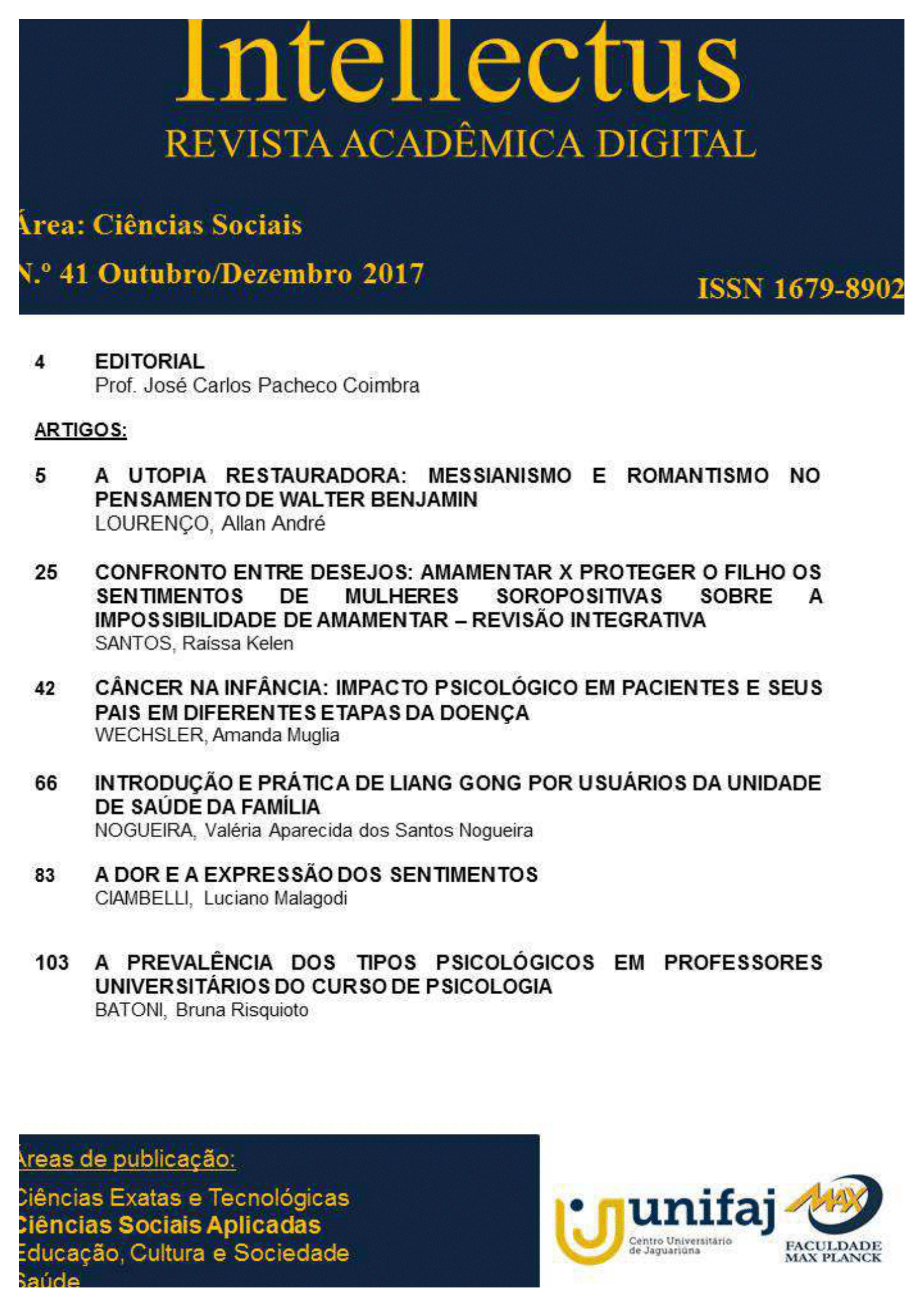Introduction and practice of Liang Gong by users in a unit family health
Keywords:
Quality of life, Family Health Strategy, Traditional Chinese MedicineAbstract
Aging leads to loss of physical and social functions and impairment of functional capacity, posing a threat to a person's autonomy and health. Nevertheless, the elderly population seeks quality of life through self-care. New health promotion initiatives, such as the Chinese Lian Gong practice inserted in the Family Health Strategy (EFS) program, collaborate for prevention and as a complement to disease treatment. It was created in 1974 in Shanghai by the orthopedic doctor and traumatologist Zhuang Yuen Ming. In Brazil, it began in 1987 through the Chinese Body Arts and Philosophy teacher, Maria Lúcia Lee. She trains and exercises seeking: body awareness, stretching, flexibility, avoiding muscle atrophy and stimulating motor coordination. Objective. Identify self-reported osteoarticular diseases, and the expectations of beginners to Lian Gong practice in the Family Health Unit (USF). Methodology. Cross-sectional, descriptive study. The sample consisted of 9 elderly people, aged between 63 and 76 years (mean of 67.66 ± 4.15 years) of both sexes, users of a USF in Piracicaba, São Paulo. During medical screening, before beginning the practice of Liang Gong, a questionnaire on chronic pain, composed of 5 questions and a pictogram of the human body was applied to mark the places of greatest pain. Results. All patients (9) reported not having previously practiced Lian Gong, in addition to having pains that started more than 6 months ago in one or more regions of the body, being more frequent in the lumbar region (21.95%), followed by thoracic region (26.83%), knees (12.19%), and shoulders (12.19%). Participants reported that they did some type of pain treatment, and most used medications while being accompanied by physical therapy. Final considerations. It is recommended practicing Lian Gong, due to the benefits offered to practitioners collaborating to improve quality of life. Further studies involving a larger number of participants are suggested, and other variables and associations should be investigated in the context of the Family Health Strategy.



